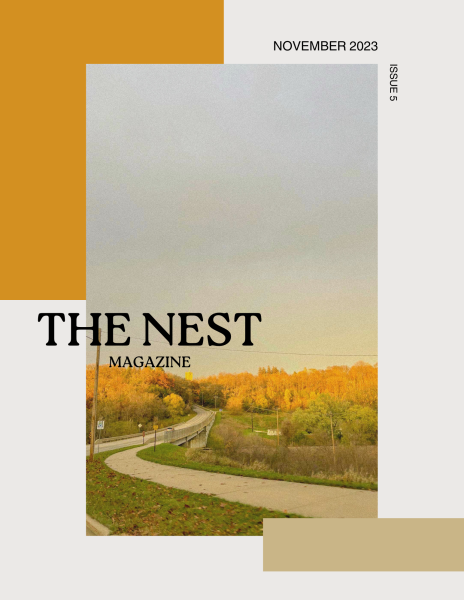Finding hope in Halloween
Every year we mark our calendars for Oct. 31st, and hope that we get a lot of candy and compliments on our pumpkin carvings. However, we never ask ourselves why we celebrate that holiday every year or where it came from.
Halloween was started by the Celts, who lived in what is now Ireland, the United Kingdom, and northern France. About 2,000 years ago they would celebrate the ancient Celtic Festival of Samhain, or what they called their new year, on Nov. 1st. That day marked the end of summer and the harvest and the beginning of the dark, cold winter, a time of year that was associated with the dead.
They celebrated the new year the night of Oct. 31st, which is when they believed ghosts of the dead would return to the world of the living. The Celtic people believed that the presence of otherworldly spirits made it easier for the Druids, or Celtic priests, to make predictions about the future. For people who were entirely dependent on the volatile natural world, these prophecies were an important source of comfort and direction for the long winter.
From 1846 to present day, Americans have celebrated Halloween. They dress up, which is the only way to ward off ghosts so they don’t recognize you, and go house to house, asking for gifts, which has become today’s trick or treating.
Everyone still holds this tradition in their memories and hearts. They still tell ghost stories, dress up, go trick-or-treating, and, hopefully, remember the main reason why Halloween is celebrated: to find hope for the winter and future.




